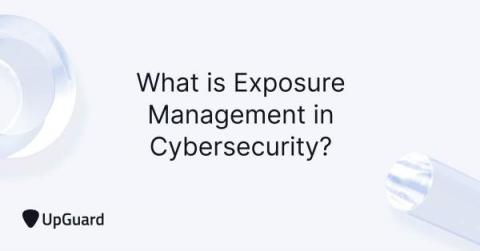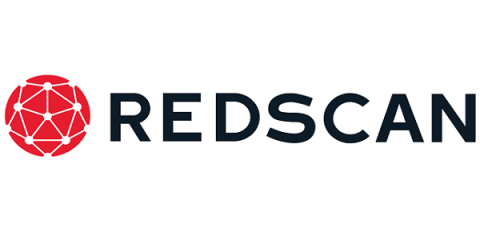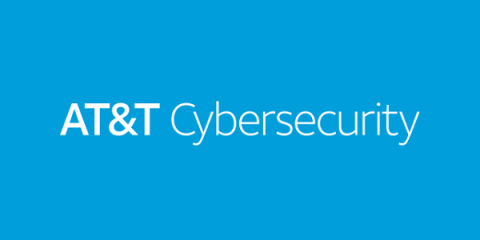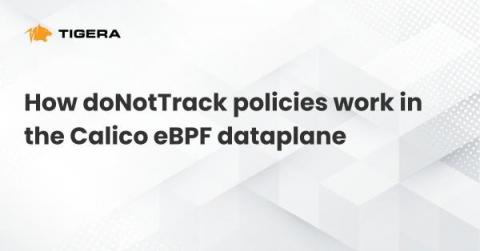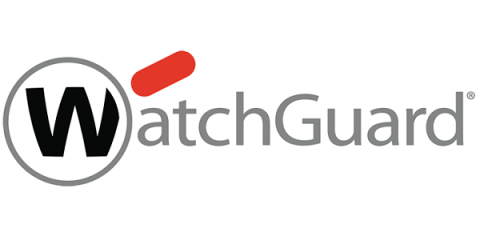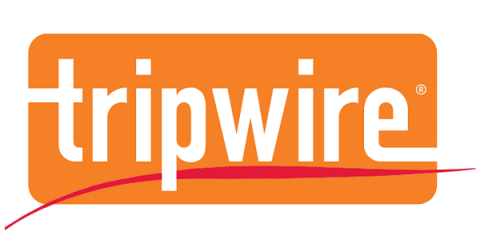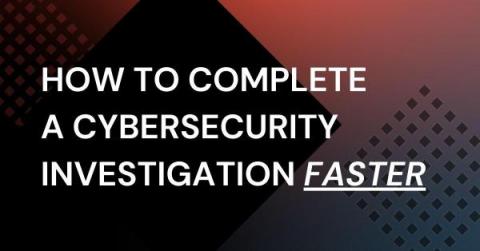Security | Threat Detection | Cyberattacks | DevSecOps | Compliance
Security
Microsoft threat detection and response: five key pitfalls (and how to address them)
Hunting For Password Reset Tokens By Spraying And Using HTTP Pipelining
As is tradition with my blog posts, let’s start off a definition of what HTTP pipelining is all about. “HTTP pipelining is a feature of HTTP/1.1 which allows multiple HTTP requests to be sent over a single TCP connection without waiting for the corresponding responses. HTTP/1.1 requires servers to respond to pipelined requests correctly, with non-pipelined but valid responses even if server does not support HTTP pipelining.
Introduction to the purpose of AWS Transit Gateway
Today you look at the Global/Multi-site Enterprise Security Architecture of an organization and see a myriad of concerns. Increased levels of complexity, difficulties managing multiple third parties, difficulties implementing consistent levels of security, and so on. This makes it imperative for organizations to identify opportunities to simplify, streamline, and generally improve their infrastructure wherever possible. Managing the level of complexity is becoming increasingly difficult.
How doNotTrack policies work in the Calico eBPF dataplane
Almost all modern network systems, including stateful firewalls, make use of connection tracking (“conntrack”) because it consumes less processing power per packet and simplifies operations. However, there are use cases where connection tracking has a negative impact, as we described in Linux Conntrack: Why it breaks down and avoiding the problem.
Introducing Charlotte AI, CrowdStrike's Generative AI Security Analyst: Ushering in the Future of AI-Powered Cybersecurity
CrowdStrike has pioneered the use of artificial intelligence (AI) since we first introduced AI-powered protection to replace signature-based antivirus over 10 years ago, and we’ve continued to deeply integrate it across our platform since. We combine the best in technology with the best of human expertise to protect customers and stop breaches.
IT Executive: Do you know how to prevent exposed access to critical assets?
A vulnerability is a software code error that hackers can use to gain direct access to an IT system. "Exposure" is an incident in which a previously detected weakness has been taken advantage of by an unauthorized actor in the network. Recent research suggests that only 2% of all exposures give attackers seamless access to critical assets, while 75% of exposure incidents along attack paths lead to "dead ends," preventing cybercriminals from reaching sensitive information.
PCI DSS 4.0: How to Delight the Auditors
While we all know the actual point of PCI is vastly more far-reaching, we can’t deny that the juggernaut of PCI DSS 4.0 compliance is getting past the auditors. However, there is a right way to do it that doesn’t just check the box – it creates the underlying business operations that enable you to pass an audit any day, at any time, with just the processes you have in hand. Here’s how.
How Large is Your Target? Advice for the Smallest Businesses
Most cybersecurity professionals will often try to cybersplain the importance of protection to their friends. In most social circles, many of the businesses that people work in are small businesses. Perhaps you are the owner of a small delicatessen, a dry cleaner, or you run a yoga studio, or some similar individually owned operation.


